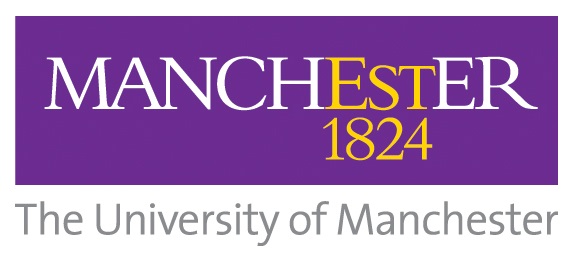Langmuir, 2021, 37 (2), 867-873
Adsorption of P103 nanoaggregates on graphene oxide nanosheets: Role of electrostatic forces in improving nanosheet dispersion
Graphene oxide (GO) nanosheet suspension is not stable in physiological ionic fluids. To improve stability, surfactants such as Pluronic 103 (P103) have been tested. Going further, this work investigated whether conferring positive surface charge to the surfactant may improve the adsorption ability of P103 micelles on GO sheets. Positive charge on the surfactant was induced by adding dodecyltrimethylammonium bromide (DTAB, a cationic surfactant) in P103 micelles. Subsequent changes in aggregation parameters were investigated through dynamic light scattering and small-angle neutron scattering studies. DTAB incorporation was accompanied by a steady increase in the ζ potential and mixed micelle formation. At high surface charge density, the interaction between adjacent head groups was distorted, which led to dissociation of mixed micelles. Structural developments during the adsorption of mixed micelles on the sheet surface (mass fractal formation) were monitored in terms of changes in the scattering features of aggregates. These fractals emerged as a result of electrostatic interactions. Our observations point toward the existence of small-sized building blocks at low DTAB concentration (≤4 mM). With a superior adsorption, mixed micelles are expected to occupy the intersheet space and maintain a hydration layer. However, at a higher DTAB concentration (≥10 mM), micelles dissociate to produce DTAB-rich unimers and P103-rich loose aggregates. At this point, sheets tend to aggregate in the solvent, regardless of fractal formation.






